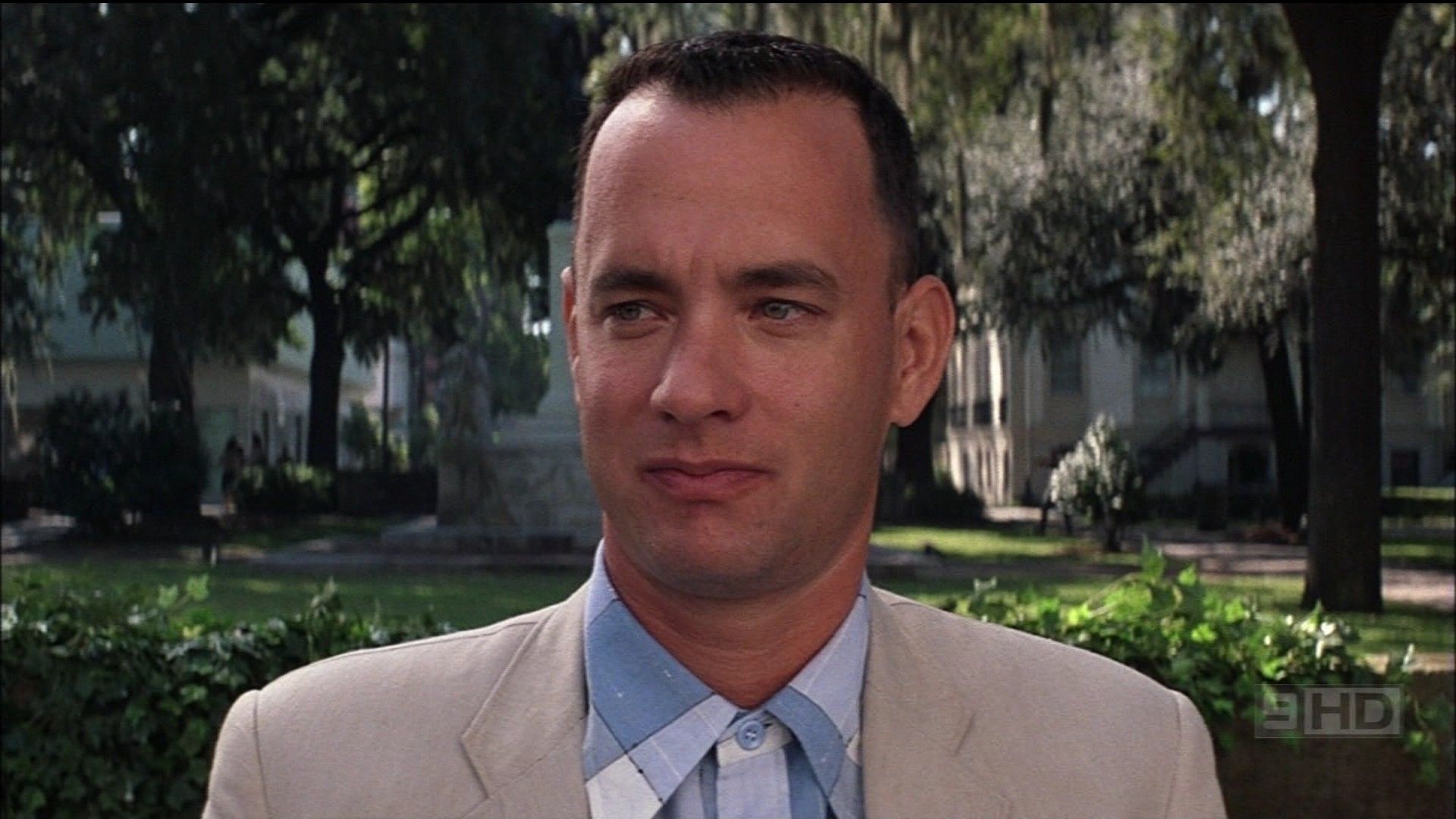Rock and roll has always been about pushing boundaries, hasn’t it? From its very inception, this electrifying genre has dared to challenge the status quo, spark conversations, and sometimes, well, seriously tick people off. It’s a fascinating part of its legacy – the way music can ignite passion, provoke thought, and occasionally, send entire communities into a tizzy.
Today, we’re diving headfirst into that glorious, sometimes messy, history. We’ve rounded up some of the most infamous rock songs that didn’t just ruffle a few feathers; they caused full-blown outrage! Get ready to explore the stories behind the tunes that got banned, debated, and forever etched into the annals of controversial pop culture.
So, buckle up, turn up the volume (maybe not at work!), and prepare for a journey through the tracks that proved there’s no such thing as bad publicity in rock and roll. Let’s kick things off with the first batch of songs that left audiences — and often radio stations — utterly speechless, or, more accurately, really, really offended.

1. **Island Girl (1975) by Elton John**
It’s a tale as old as time, or at least as old as the music industry: white lyrical protagonists stepping into the shoes of fictional people of color within their songs. This particular narrative choice is precisely why Elton John’s “Island Girl” has become something of an obscure eyebrow-raiser in his extensive discography, so much so that the rock legend hasn’t performed it since 1990.
Looking back to the mid-70s, it’s easier to pinpoint why a song like “Island Girl” might have seemed like a good idea. The vibrant ska and reggae movements were undeniably bringing these genres of music to wider audiences, and their rhythms and melodies certainly influenced Elton John’s songwriting. It was a time of musical fusion, an exciting period of cross-cultural inspiration.
However, there’s a distinct line between musical influence and problematic lyrical content. The salacious lyrical content about a Jamaican sex worker crossed that line, transforming what could have been an interesting musical experiment into a source of discomfort. It’s a stark reminder that even well-intentioned explorations can sometimes stumble into cultural insensitivity, leading to lasting controversy.
Read more about: Robert Mitchum: The Unflinching Gaze of a Noir Icon’s Life and Legacy

2. **If You Wanna Be Happy (1963) by Jimmy Soul**
Some ideas, no matter how many times they’re repackaged or re-recorded, just don’t get better with age. “If You Wanna Be Happy” by Jimmy Soul is a prime example. This tune wasn’t an original concept; it was one of multiple covers of a traditional Trinidadian calypso song by the artist Roaring Lion, showing how certain themes persisted through generations of music.
The core issue across all these versions, including Jimmy Soul’s doo-wop/rock rendition from 1963, lies in their shared premise: the supposed pitfalls of choosing to marry an ugly woman. Yes, you read that right. This deeply misguided and frankly offensive message caused quite a stir back in the day, proving that even seemingly lighthearted tunes could provoke significant backlash.
Unsurprisingly, Jimmy Soul’s version landed him in hot water with radio stations, many of which outright refused to play the tune on their airwaves. Despite the controversy, the song found new life years later, even making an appearance on the soundtrack to the 1990 comedy “Mermaids,” highlighting how some problematic content can still seep into popular culture over time, sometimes without much critical reflection on its origins.

3. **Brown Sugar (1971) by The Rolling Stones**
Imagine having one of your most beloved, enduring songs, a track that’s been a staple for decades among your devoted fanbase, suddenly become deeply problematic over time. That’s precisely the sticky situation The Rolling Stones found themselves in with “Brown Sugar.” It’s a testament to their iconic public profile that they’ve largely managed to navigate and escape many of the controversies associated with such a high-profile track.
Even Mick Jagger himself has openly addressed the song’s complicated legacy. He admitted in a 2009 interview with Rolling Stone magazine’s Jann Wenner that his perspective on “Brown Sugar” has evolved significantly. He plainly stated, “I’d… never would write that song now,” a powerful acknowledgment of changing societal norms and his own growth as an artist.
Back in its heyday, the song’s provocative subject matters of sex and race were enough to get it pulled from some radio stations. Today, the conversations surrounding its complicated legacy continue to unfold, sparking ongoing debates about artistic intent, historical context, and the responsibility artists have, even decades after a song’s release. It’s a dynamic discussion that reminds us music is never truly static in its interpretation.

4. **Killing in the Name (1992) by Rage Against the Machine**
If you want to stir up some serious trouble in the music world, a liberal dose of profanity is almost always a surefire bet. And Rage Against the Machine absolutely nailed that recipe with their blistering anthem, “Killing in the Name.” It remains one of the band’s most popular and instantly recognizable songs, thriving either in spite of or, perhaps more accurately, *because* of Zack de la Rocha’s liberal use of F-bombs.
This politically charged track doesn’t just dabble in strong language; it delivers a searing critique of police brutality and institutional racism. Its repeated, expletive-filled chant, “F*** you, I won’t do what you tell me!” wasn’t just a catchy hook; it instantly became an anthem of resistance, resonating deeply with a generation frustrated by injustice and authority. This direct and uncompromising stance made it an immediate target for censorship and heated debate.
Radio stations worldwide reacted very differently to its release. Many European channels, for example, played the unedited version without much fuss. However, the United States was largely a different story, with numerous local and national affiliates refusing to play the song at all. This wasn’t just about language; the lyrics specifically targeted “police officers in America that are secretly working for the Ku Klax Klan and making it a habit to exploit and harm black people.” This topic was incredibly fresh and raw in Americans’ minds, especially arriving only a few months shy of the infamous LA riots in reaction to the Rodney King beating.
The band’s confrontational approach extended beyond the lyrics. The album artwork itself, featuring the powerful and disturbing image of a man being burned alive, further solidified their uncompromising message. “Killing in the Name” wasn’t just a song; it was a political statement, a primal scream of defiance that etched itself into rock history as a symbol of unapologetic rebellion against the machine.
Read more about: Burt Reynolds, Enduring Icon of Film and Television, Dies at 82, Leaving a Legacy of Charisma and Depth

5. **Bobby Brown (Goes Down) (1979) by Frank Zappa**
Frank Zappa’s reputation as a provocateur is legendary, thoroughly documented over his illustrious career. Yet, his 1979 track “Bobby Brown (Goes Down)” proved that this Mother of Invention still had plenty of controversial gas left in the tank. The tune perfectly encapsulated much of Zappa’s distinctive penchant for weird storytelling and a satirical, often profoundly transgressive, sense of humor.
From the moment the song dropped, it ignited fierce debate, with both Zappa’s devoted fans and his staunch detractors taking turns either defending its artistic merit or admonishing its content. The sexual politics woven into the narrative were particularly polarizing, interpreted by some as liberally freeing and by others as darkly extreme, depending entirely on one’s perspective and personal argument.
One undeniable constant, however, was the stark difference in its reception across continents. Much like other controversial tracks of its time, “Bobby Brown (Goes Down)” didn’t receive the same level of radio play in the United States as it did across Europe, highlighting differing cultural sensibilities and broadcast standards. It remains a fascinating, albeit uncomfortable, piece in Zappa’s expansive and challenging catalog.

6. **Relax (1983) by Frankie Goes to Hollywood**
Remember being a kid and instantly gravitating towards something simply because your parents, or some authority figure, told you it was off-limits? Well, imagine that same rebellious allure, but on a national scale. That’s exactly what happened with Frankie Goes to Hollywood’s “Relax,” a song that dared to suggest listeners… well, relax.
The British Broadcasting Corporation (BBC) was decidedly *not* relaxed about the tune. They swiftly declined Frankie Goes to Hollywood’s offer of widespread airplay, preferring instead to briefly ban the song from their airwaves. But as we often see in these situations, censorship frequently backfires, giving controversial content even more fuel.
There was simply no stopping Frankie Goes to Hollywood’s march towards chart domination. The news headlines generated by the ban only served to amplify the song’s reach, helping “Relax” take over the world. The song and its accompanying video clip quickly became anthems for what was perceived as unrepentantly explicit behavior. Its pulsing synth beats and big, booming chorus had just about everybody either utterly bothered or feeling quite hot under the collar, solidifying its place as a scandalous sensation.

7. **Christine Sixteen (1977) by KISS**
If we were to list every historical example of pop songs that contained a lurid sexual fantasy about a young woman, we’d truly be here all day. However, “Christine Sixteen,” released at the tail end of the seventies by none other than the self-proclaimed “hottest band in the world,” KISS, is certainly one of the most notable and eyebrow-raising examples.
Gene Simmons, known for his theatricality, sings this ode to the titular teenager, and predictably, some radio stations—even during the relatively permissive seventies—were not amused. The lyrical content was simply too much for certain markets, causing immediate pushback against the band known for their shock rock antics. It proved that even KISS had limits to what the public, and broadcasters, would tolerate.
Consequently, the song didn’t receive airplay in every market across the country. Where it *was* played, many stations preferred to relegate “Christine Sixteen” to an “after dark” slot, strategically placing it away from younger listeners. This attempt to shield impressionable ears highlights the ongoing tension between artistic expression and public morality, a debate that continues to echo through the decades of rock music.
Alright, so we’ve already journeyed through seven tracks that absolutely shattered expectations and, let’s be honest, probably made a few grandmothers clutch their pearls. But the rock and roll saga of provocation is far from over! We’re diving back into the fray to uncover the next batch of songs that not only ruffled feathers but often sparked national debates, enduring backlash, and cemented their place in history as tunes that dared to push every single boundary.
These aren’t just songs; they’re cultural lightning rods that reveal as much about society’s evolving sensibilities as they do about artistic expression. So, get ready as we crank up the volume on the remaining eight tracks that continued to shock, awe, and flat-out offend. Let’s get into it, shall we?

8. **Lucy in the Sky with Diamonds (1967) by The Beatles**
You know, sometimes a song’s controversy isn’t about what the artist intended at all, but what the public decided it was about! That’s precisely the trippy tale of The Beatles’ “Lucy in the Sky with Diamonds.” John Lennon, known for his prolific songwriting, found himself at the center of a less provocative but perhaps more popular lyrical misinterpretation than some of his other works.
The truth, as Lennon maintained for years, was far more innocent than the swirling rumors suggested. The song was actually a whimsical reference to a drawing by his son, Julian, depicting a classmate named Lucy. It was a child’s imagination brought to life, a beautiful and pure source of inspiration.
However, the public and, crucially, radio stations, latched onto something else entirely: the seemingly obvious acronym formed by the title’s nouns—LSD. This connection immediately fueled discussions about the song’s psychedelic implications, a conversation that, incredibly, still rages to this day on forums and among fans. Despite Lennon’s denials, the dreamlike atmosphere of the backing track, from the drone of George Harrison’s guitar to the Alice in Wonderland-style fairy tale lyrics, only added fuel to the fire, with even Paul McCartney eventually announcing on camera that he had taken the substance a few times.

9. **Jesus Christ Pose (1991) by Soundgarden**
Before you even heard a note of Soundgarden’s “Jesus Christ Pose,” the controversy was already brewing, thanks to its striking visual identity. Just one look at the CD single art, featuring a skeleton on a cross, was enough to raise eyebrows. It felt more like something from a death metal band than Soundgarden’s signature grungy Seattle sound, immediately setting an unsettling tone.
But the real firestorm ignited once the accompanying music video hit MTV. The clip, which featured the band members striking crucifix-like poses, was almost immediately banned following a fierce backlash. Many viewers and religious groups felt that “Jesus Christ Pose” was a direct attack on Christianity, perceiving it as sacrilegious and deeply offensive.
Soundgarden, however, maintained that the song’s intention was quite different. They argued it was directed at those with “persecution complexes” – individuals who dramatically co-opt suffering for self-aggrandizement. Despite the band’s explanation of artistic intent, the legacy of “Jesus Christ Pose” remains more closely tethered to the intense, religiously charged reactions fans had to it back in the day, solidifying its place as a truly divisive track.

10. **Lola (1970) by The Kinks**
It’s truly fascinating how varied the spectrum of what offends the average listener can be, and how that often wildly differs from the concerns of our corporate overlords! The Kinks’ timeless hit “Lola” is a perfect example, as it was famously banned by the BBC back in the day, but not for the reasons you might expect. No, it wasn’t its lyrical content that caused the fuss, but rather a blatant, albeit subtle, product placement of the Coca-Cola brand in the original lyrics.
This seemingly innocuous detail sent the BBC into a tizzy, demanding a re-recording of the line to mention “cherry cola” instead. It’s a hilarious, yet telling, anecdote about the power of commercial influence and censorship in broadcasting. The Kinks, ever the pragmatists, obliged, and the edited version is what most people recognize today.
Beyond the corporate ban, “Lola” has continued to spark public conversation over the years, and its lyrical content is still largely debated today. Some listeners claim the tune is a prescient and progressive tale of gender inclusivity, celebrating identity in a way that was groundbreaking for its time. Others, however, feel that its execution has aged extremely poorly, raising questions about representation and perspective. Regardless, “Lola” remains a captivating, albeit complicated, part of rock history.

11. **Closer (1994) by Nine Inch Nails**
Back in 1994, it’s fair to say the world probably wasn’t quite ready for the raw, unapologetic intensity of Nine Inch Nails’ “Closer.” This wasn’t just a song; it was a full-on music video experience that unapologetically celebrated themes of dominance, submission, and deviancy, catapulting Trent Reznor and his industrial rock project into a whirlwind of media coverage and heated debate.
While the song itself is arguably more of an internal narrative, a visceral exploration of sexual desire and emotional struggle rather than an outward projection, the visual aesthetic of the music video, combined with its profanity, became the primary target for critics. The imagery was stark, disturbing, and undeniably provocative, pushing the boundaries of what was acceptable on mainstream television.
Consequently, MTV initially relegated the “Closer” video to late-night slots, attempting to shield younger or more sensitive viewers from its intensity. However, as is often the case with truly boundary-pushing art, the power of “Closer” became undeniable. It was so potent, so resonant, that despite—or perhaps because of—the controversy, it helped Trent Reznor and Nine Inch Nails become household names for industrial rock, proving that sometimes, challenging the status quo is the fastest way to the top.

12. **Angel of Death (1986) by Slayer**
The early days of heavy metal often found fertile ground in the realms of fantasy and mythology, but the thrash scene that roared to prominence during the 1980s had some decidedly different ideas about lyrical content. Thrash anthems began to creep politics and real-life historical events into their searing narratives, and Slayer’s “Angel of Death” from their landmark *Reign in Blood* LP was arguably the most extreme example.
This track plunged headfirst into the harrowing subject matter of Nazi Germany, specifically referencing the horrific medical procedures and war crimes committed by Josef Mengele. Mengele’s work at the Auschwitz concentration camp would forever draft him into the most infamous annals of history, and Slayer’s explicit lyrical depiction of his atrocities was a grim choice of subject matter that, predictably, raised the eyebrows of just about everyone.
The song sparked immediate and intense controversy, with critics and listeners questioning the band’s artistic intent and whether such a sensitive and horrific topic should be the subject of a heavy metal track. While the band members stated their aim was to educate and expose the horrors of history, the sheer brutality and explicitness of “Angel of Death” ensured it remained one of rock’s most universally shocking and debated songs.

13. **Get Your Gunn (1994) by Marilyn Manson**
Marilyn Manson, the master of shock rock, has generated countless controversial moments throughout his career, but “Get Your Gunn” truly set the stage for his cultural impact. For those who weren’t living through the early nineties, it’s genuinely difficult to fully appreciate just how profoundly songs like this freaked out parents and conservative groups across the nation. It was raw, aggressive, and utterly uncompromising.
The controversy surrounding “Get Your Gunn” took an even darker turn years later when, tragically and unfairly, the song was blamed for posthumously influencing the horrific massacre at Columbine High School in Colorado. This accusation, despite a complete lack of any proven link, cast a long and heavy shadow over the track and Manson’s career, becoming a flashpoint in the ongoing debate about music’s influence on young minds.
What often gets lost in the sensationalism and the subsequent blame game is the song’s actual, albeit grim, subject matter. “Get Your Gunn” was written as a direct response to the murder of abortion provider David Gunn in 1993. It was a commentary on violence, hypocrisy, and the volatile nature of societal divisions, a message tragically distorted and overshadowed by later events and public outcry.




